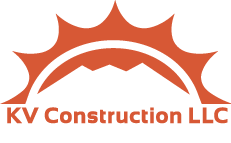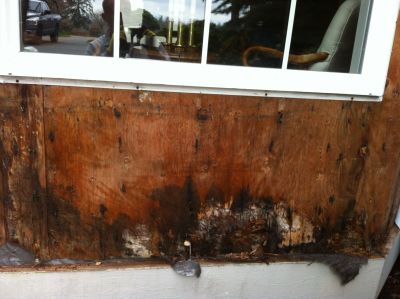Rotted trim can significantly detract from the aesthetic appeal and structural integrity of a building. Addressing this issue promptly and effectively is crucial. In this article, we delve into the essential steps and considerations for repairing or replacing rotted trim, drawing on the expertise of KV Construction LLC, a leader in this field.
Understanding the Causes of Trim Rot
Before embarking on a repair or replacement project, it’s important to understand what causes trim rot. Typically, trim rot is a result of prolonged exposure to moisture, which can occur due to various reasons such as improper installation, lack of maintenance, or environmental factors. Identifying the root cause is the first step in ensuring a long-lasting solution.
Assessing the Damage: Repair or Replace?
The extent of the damage often dictates whether repair or replacement is the more viable option. Minor rot can usually be repaired, but extensive damage might necessitate complete replacement. It’s essential to conduct a thorough assessment to determine the best course of action.
Minor Damage: Repair Techniques
For minor rot, the following steps are effective:
- Removing the Rotted Section: Carefully remove the damaged part without affecting the surrounding areas.
- Preparing the Surface: Clean and prepare the surface for the application of repair materials.
- Applying Epoxy Filler: Use a high-quality epoxy filler to fill in the gaps and recreate the original shape of the trim.
- Sanding and Finishing: Once the epoxy sets, sand the area to a smooth finish and apply paint or sealant to match the existing trim.
Extensive Damage: Replacement Strategies
In cases of extensive rot, replacement is often the only option:
- Removing the Damaged Trim: Carefully dismantle the rotted trim, taking care not to damage adjacent structures.
- Selecting the Right Material: Choose materials that are durable and suitable for the local climate. In Seattle, where moisture is a concern, selecting moisture-resistant materials is crucial.
- Precision Installation: Ensure that the new trim is installed meticulously to prevent future moisture penetration.
- Sealing and Finishing: Apply a high-quality sealant and finish to protect the new trim from environmental elements.
Preventative Measures for Long-Term Durability
Prevention is always better than cure. Here are some preventative measures to extend the life of your trim:
- Regular Maintenance: Regular inspections and maintenance can catch early signs of rot.
- Quality Materials: Opt for high-grade, moisture-resistant materials, especially in areas like Seattle where moisture levels are high.
- Proper Installation: Ensure that installation is done correctly, with adequate sealing and flashing to prevent water infiltration.
Choosing the Right Professionals for the Job
Selecting the right professionals, such as KV Construction LLC, is crucial for a successful repair or replacement project. Look for experienced siding companies in Seattle that specialize in siding repair and replacement. A reputable contractor will offer valuable insights and ensure that the job is done to the highest standards.
Conclusion
Repairing or replacing rotted trim is a significant undertaking that requires expertise and attention to detail. Whether opting for a repair or a complete replacement, it’s important to address the issue promptly and effectively. By understanding the causes, assessing the damage correctly, and taking preventative measures, you can ensure the longevity and beauty of your building’s exterior. Trusting professionals like KV Construction LLC for siding replacement in Seattle can make all the difference in achieving a successful outcome.

